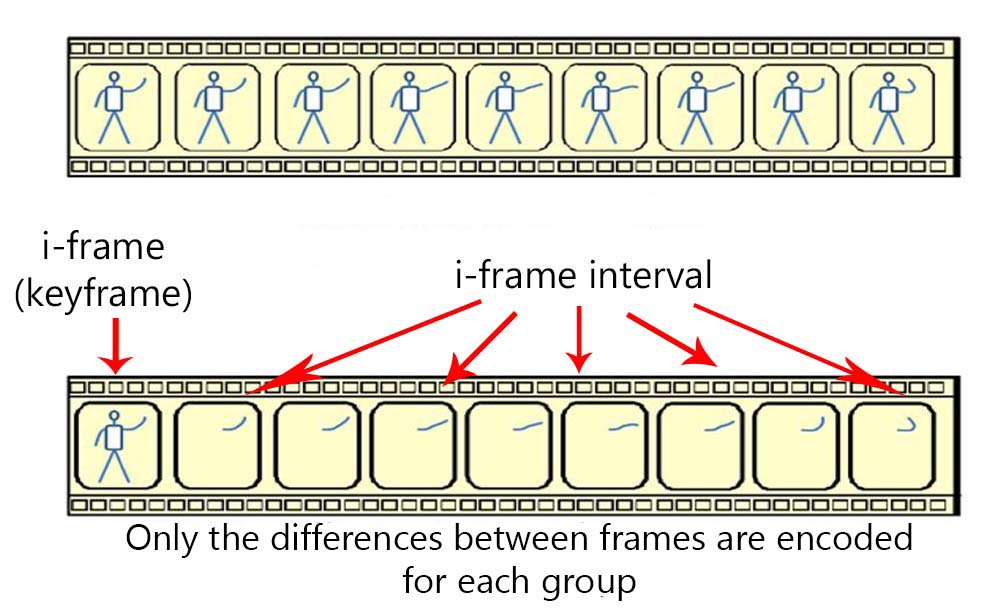
If there’s a bright sun or a dark shade in a scene, the camera will treat this region in the same way as the rest of the photo. Not only does it not recognise what’s in the scene, but it also doesn’t make any suitable changes. The camera looks at the light from the whole scene.īut it does so in a very unintelligent way. This works in a similar way to matrix metering in photography. You always have to look into the viewfinder and consider how much detail do you need to keep in the corners. I only suggest using it when the corners of the frame don’t have much importance. The outcome of centre-weighted metering can be hard to predict in digital photography. For this reason, centre-weighted metering can add a special atmosphere to your photos.

This results in darker, less visible background and surroundings. You’ll notice in the photo below that the dog is quite well exposed. This way, photographers can reach an accurate exposure value. They needed to include an effective centre-weighted metering system in the camera. Most people take photographs in which the subject is in the metering center of the image. It measures the exposure of a pretty big metering spot in the viewfinder of the camera. The centre-weighted mode is a halfway between matrix and partial metering. Keep in mind to adjust the shutter speed of your camera according to the subject in motion. It is the most useful when photographing moving, highlighted subjects, such as a white car. This prevents the whites on your photo from blowing out. It is almost the same as spot metering.īut unlike spot metering, here, the camera recognises the highlights even in motion. Some newer Nikon cameras have highlight-weighted metering as an option. It can be useful, but you don’t want to end up with all your photos in this style. Even though this is pleasant to look at, it leaves the rest of the scene underexposed.īe careful when using this metering mode. Notice that the white fur on the dog looks much softer and less highlighted. The rest of the scene may not be correct, leaving that up to you to work out. This is because it involves metering for the small area of your focus point.

This is a more advanced way of working out the good exposure for your camera. To get the focus point right and achieve your desire results, your subject has to be still. It sets the exposure according to where your focus point is. Here the dot in the camera center is smaller than partial metering, meaning roughly 5% of the frame. There’s not a lot of difference between matrix and partial metering. Most likely, you want the camera to prioritise the subject during exposure calculation. Partial light metering is useful when your subject is in the center of the frame. It covers about 10-15% of the entire scene and is only found in Canon cameras. This metering mode collects data from a small circular area in the metering center of the camera. According to this spot, it will try to work out the best exposure settings. If the camera sees a bright area, such as the sun, it takes that spot into account. I prefer using this mode as it is the most reliable way of metering in most situations. It collects data from across the entire frame and even gives priority to your focus point.


Matrix/Evaluative metering is the most complex and modern way of metering a scene. But there is no difference in the way they decide on exposure. Canon calls it evaluative, whereas Nikon calls it Matrix. This mode has different names depending on the manufacturer. What the Different Metering Modes Are Evaluative (Canon) / Matrix (Nikon) Let’s look at what camera metering modes do and when you should be using them. Before taking a picture, you have to weigh the options that the different modes provide you with. This is what you should be aiming for when choosing a metering mode. It is crucial to reach a balance between shadows, highlights and mid-tones. You will see how the modes change on the camera LCD or the control panel. To switch between the modes, all you have to do is to press the metering mode button on the camera (1.) and use the main command dial (2.). The default metering mode of the camera is matrix/evaluative metering. To avoid this, you need to adjust the metering according to the subject. The problem is, this can result in the landscape and other parts of the photo being too dark, such as on the picture below. During sunset, you would usually focus on the beautiful sky with your camera. Let’s take landscape photography as an example. Many photographers encounter problems with it when taking images of high contrast subjects. This is why it needs to figure out an exposure that works for the whole picture. The camera can’t change the exposure of separate parts of the photo.


 0 kommentar(er)
0 kommentar(er)
